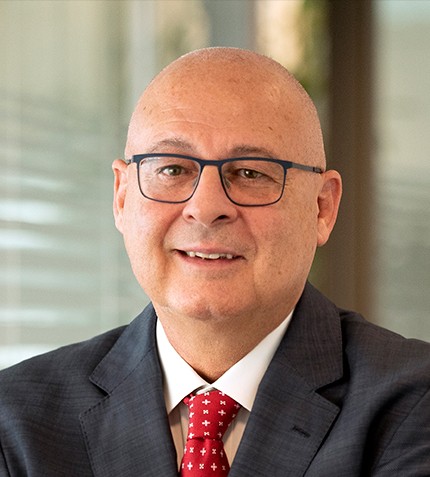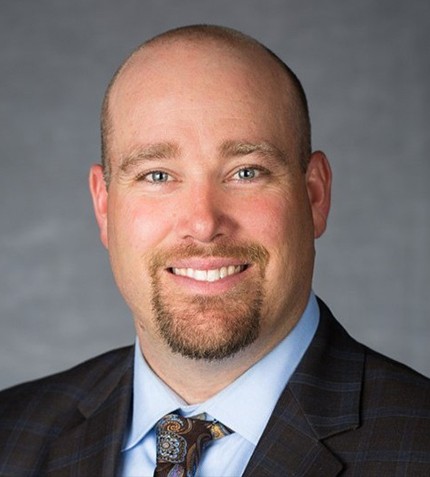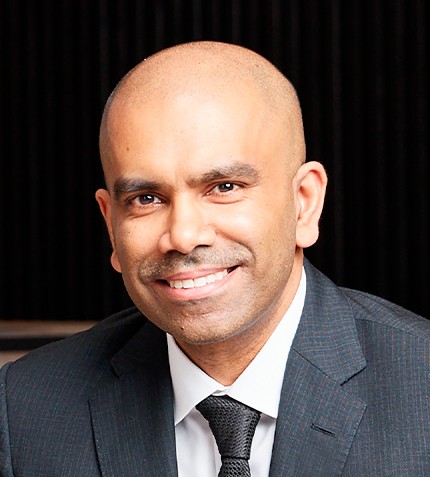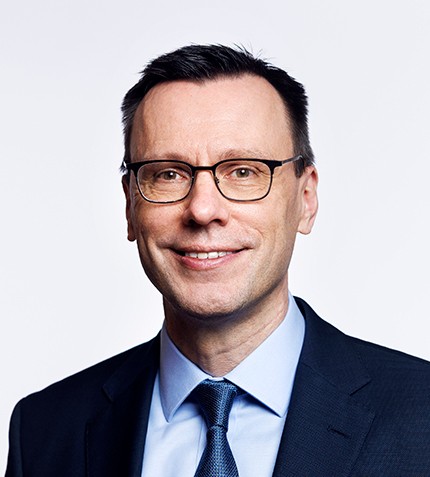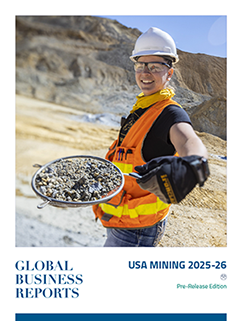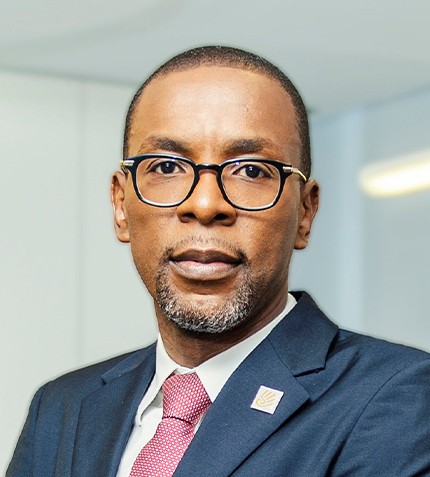
"We need IOCs to stay in Angola, nevertheless, we are preparing to take on more roles and operate assets."
Edson Dos Santos
CEO, ETU ENERGIAS
Can you introduce Etu Energias and outline its main assets?
This year, we will be celebrating our 24th anniversary. Etu Energias is today the largest private Angolan energy company. We are a product of local content, starting off in 2000 as a small consulting company. In 2005, we entered a position in an onshore asset as a non-operating partner. By 2009, we became operators of that asset. In 2015, we became operators of offshore Block 205. New management joined in 2020, right in the middle of the pandemic, and we changed our vision to become an integrated energy company and not focus solely on oil. We decided to focus more on renewables, and this change in vision was reflected by a name change from ‘Somoil’ to ‘Etu Energias’. We have around 270 employees, mainly in Soyo. On the upstream side, we operate Blocks such as FSST, 205FS/FST, 2/05, and have other assets under exploration like CON1 and CON6. We are partners in several blocks, such as Block 3053/05, 4/05, and 3/05A operated by Sonangol, and others operated by majors like CABGOC (Chevron) and TotalEnergies. Recently, the Galp acquisition further expanded our portfolio.
On the downstream side, we have four petrol stations and aim to have 40 in the next four years. We have launched our lubricant brand, currently produced outside Angola, but we plan to move production to Angola in the next 2-3 years. We are also incorporating solar energy into our operations, aiming to power most of our operations with solar panels before year-end, and pursuing commercial renewable projects within Angola.
Can you discuss the recent Galp acquisitions?
The deal with Galp is transformational and changes the company significantly. The trend of IOCs divesting non-core assets, seen today in Nigeria and previously in other regions like the Gulf of Mexico and the North Sea, is common. Our role as a 100% Angolan company is to be ready for such opportunities. We need IOCs to stay in Angola, nevertheless, we are preparing to take on more roles and operate assets. Being close to IOCs allows us to learn from their extensive experience, which is invaluable for a relatively young operator like us.
Can you elaborate on your financing strategy?
Financing was a challenge as we embarked on our new vision and focused on M&As. We secured two financing projects with Afreximbank. For the Galp acquisition, Shell Trading and Bank of America were also involved. Compliance was a major focus for us to meet international standards. We prioritize Angolan banks, and their involvement has grown from one bank in the first deal to four banks interested in the second deal, with two making it to the final round.
What are the main challenges facing indigenous energy players like Etu Energias?
Capabilities are a major challenge. We still need to develop the right skill set to play a larger role in the industry. The government is supportive but needs to reduce bureaucracy. Financing is another challenge; we must improve our capabilities and processes to make banks more comfortable lending to local companies.
How is Etu Energias approaching renewables and sustainability?
Angola has immense potential to become an energy hub with its solar, hydroelectric, and hydrocarbon resources. Renewables will be the fastest-growing side of our business in the next 5-10 years. We prioritize reducing energy poverty alongside expanding renewables. Initially, we focus on internal projects and see potential in remote off-grid areas.
What are your goals and strategy for the next few years?
We are focusing on exploration in newly awarded onshore blocks, planning seismic drilling and exploration wells within the next 2-3 years. We aim to go from exploration to production quickly to address Angola’s production decline. Revamping aging assets to mitigate production decline is part of our strategy, always keeping environmental impact in mind. We plan to expand our petrol stations from 4 to 40 in the next four years and have a presence in all 18 provinces of Angola. Renewables will see the fastest growth in CapEx. We aim to produce 40,000 bpd by 2025 and 100,000 bpd by 2030. Social responsibility is key; we focus on health and education, providing running water, medical centers, and schools construction or rehabilitation to ensure long term impact and the sustainability of our projects in the communities where we operate.




